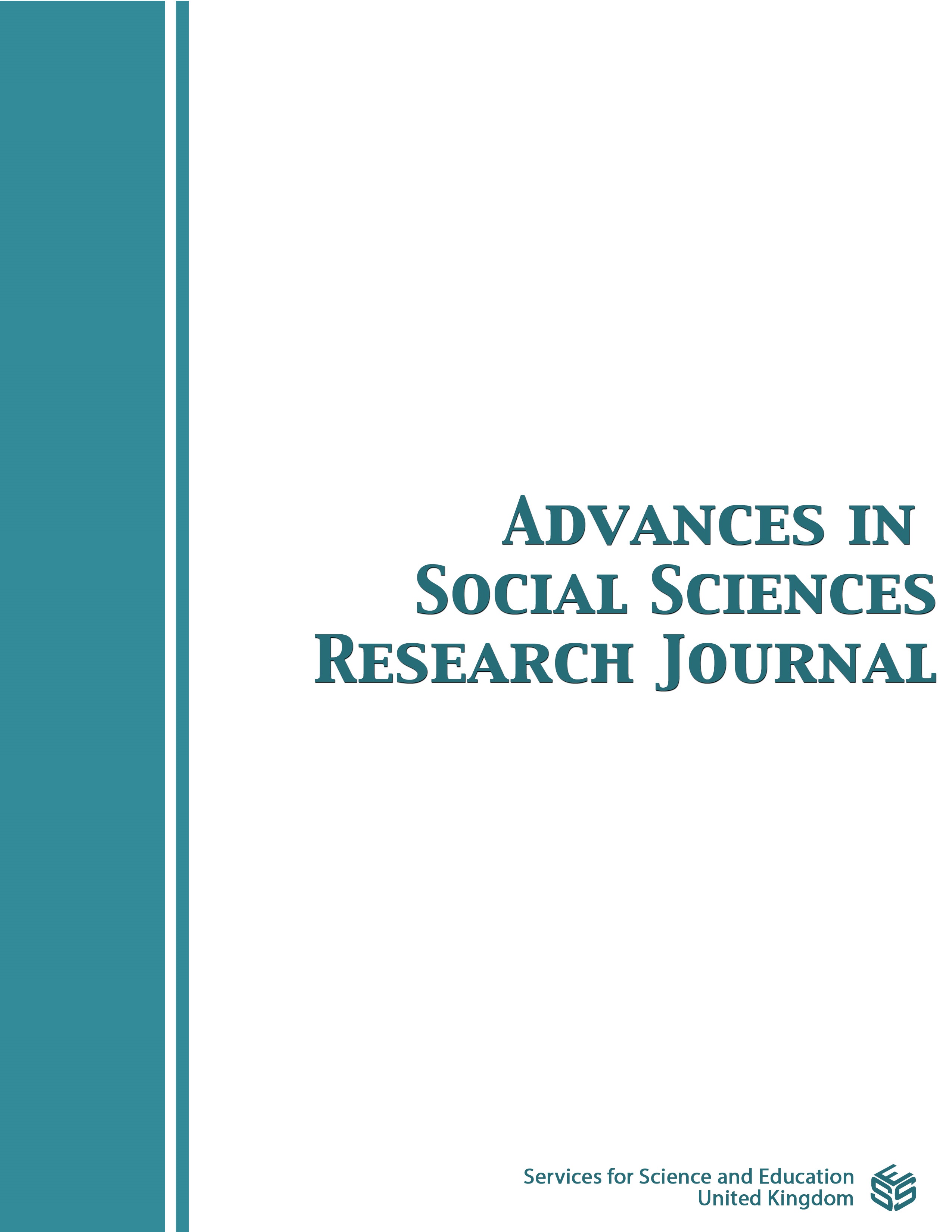Operation Barbarossa, the Dissolution of the USSR and the Russo-Ukrainian War: 1917-2023
DOI:
https://doi.org/10.14738/assrj.1010.15655Keywords:
European Nationalism, Collectivized Economy, Operation Barbarossa, Collaboration, FascismAbstract
After World War One and the fractionation of the empires of central Europe, Ukraine, the nascent USSR, created the Soviet Republic of Ukraine, which became a political unit with a state apparatus for the first time. The USSR invested heavily in making Ukraine an industrial country producing minerals and electricity. The collectivization of agriculture resulted in great famine, and brutal repression marked the Ukrainian imagination. The German invasion of the USSR aimed to explore the East and colonize it with the Aryans. During Barbarossa, right-wing Ukrainian nationalist groups welcomed the Nazis, who repelled Ukrainian independence by narrowing collaborationism and practicing the Holocaust. After the defeat of the Third Reich, the USSR retook Ukraine, repressing Nazi collaborators and opponents and reintegrating the republic into the Soviet economy. With the collapse of the USSR in 1991, Ukraine became independent and, under the Yushchenko government (2005–2010), government organizations supported by the diaspora built a new national identity, distancing itself from communism and Russian influence, rehabilitating heroes and nationalist-fascist organizations, The Ukrainian government allying itself with the West and NATO sees the fight against the invasion of the USSR in 2023 as a war of independence consolidating nationality.
Downloads
Published
How to Cite
Issue
Section
License
Copyright (c) 2023 José Maurício Saldanha Álvarez

This work is licensed under a Creative Commons Attribution 4.0 International License.
Authors wishing to include figures, tables, or text passages that have already been published elsewhere are required to obtain permission from the copyright owner(s) for both the print and online format and to include evidence that such permission has been granted when submitting their papers. Any material received without such evidence will be assumed to originate from the authors.






